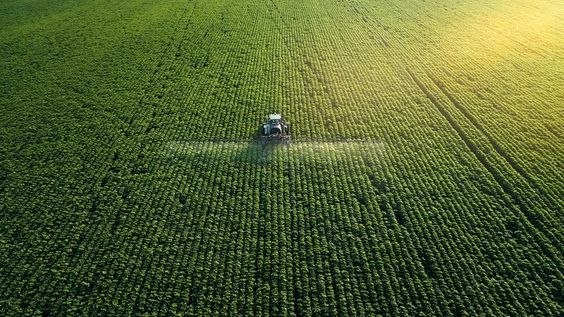Revolutionizing Resource Management: Smart Irrigation Systems and the Future of Agriculture
Smart Irrigation In a world facing growing population demands and a changing climate, the need for sustainable and efficient agricultural practices has never been greater. Water scarcity, a critical global challenge, threatens food security and agricultural productivity. Fortunately, advancements in technology offer innovative solutions like smart irrigation systems to optimize water usage and revolutionize resource management within the agricultural sector.
Contents
The Need for Smart Irrigation:
Traditional irrigation methods, often relying on manual scheduling or timed systems, can lead to significant water waste. Over-irrigation can contribute to waterlogging, soil erosion, and salinization, while under-irrigation can stress crops and reduce yields.
Smart irrigation systems address these concerns by utilizing data-driven approaches to deliver water precisely where and when needed. This technology leverages a combination of sensors, software, and automation to:
Monitor real-time soil moisture levels: Sensors embedded in the soil continuously measure its moisture content, providing accurate data about irrigation needs.
Analyze weather data: Weather stations or online weather services provide information on rainfall, temperature, wind speed, and humidity, which are crucial factors influencing evaporation and transpiration rates.
Automate irrigation: Based on combined data from sensors and weather information, the system automatically adjusts watering schedules, delivering the optimal amount of water at the right time.
Benefits of Smart Irrigation:
By adopting smart irrigation systems, farmers can reap a multitude of benefits, including:
Increased water efficiency: Precise watering reduces water waste, leading to significant water conservation. This allows farmers to comply with water restrictions and contribute to more sustainable water usage practices.
Improved crop yields: Optimal water delivery ensures crops receive the water they need to thrive, leading to increased yields and higher-quality produce.
Components of a Smart Irrigation System:
A typical smart irrigation system consists of several key components:
Sensors: These devices collect real-time data on various parameters, including soil moisture, temperature, and humidity.
Communication network: This network transmits data from sensors to the central control unit, allowing for real-time monitoring and communication.
Control unit: This unit processes data from sensors and weather services, analyzes information, and sends commands to irrigation equipment based on pre-programmed algorithms or user-defined settings.
Irrigation equipment: This includes valves, sprinklers, drip lines, or other equipment responsible for delivering water based on the control unit’s instructions.
Software platform: This platform provides a user-friendly interface for farmers to monitor data, visualize irrigation patterns, manage settings, and receive alerts.
Types of Smart Irrigation Systems:
Depending on the specific needs and resources available, various types of smart irrigation systems cater to different farm sizes and budgets:
Soil moisture sensors and timers: These basic systems use sensors to trigger irrigation based on pre-set moisture levels, offering a cost-effective entry point for water conservation.
Weather station-based systems: These systems integrate weather data with soil moisture sensors to adjust irrigation based on real-time weather conditions.
Cloud-based systems: These advanced systems connect sensors and controllers to the cloud, allowing for remote access, data analysis, and integration with other farm management tools.
Choosing the Right System:
When selecting a smart irrigation system, farmers should consider factors like:
Farm size and type of crops: The system’s capabilities should be adequate for the farm’s scale and the specific water needs of the cultivated crops.
Budget: The cost of the system varies depending on its complexity and features.
Technical expertise: Ease of use and technical support offered by the system provider are essential considerations.
Compatibility with existing infrastructure: Integrating the system with existing irrigation equipment might be a deciding factor for some farmers.
Challenges and Considerations:
Despite the significant benefits, implementing smart irrigation systems comes with some challenges:
Initial investment: The initial cost of purchasing and installing the system can be a barrier for some farmers, particularly small-scale operations.
Technical knowledge: Operating and maintaining the system might require training for farmers unfamiliar with the technology.
Connectivity: Reliable internet access is crucial for cloud-based systems, which can be a limitation in remote areas.
Data security: Ensuring the security of data collected by the system is crucial to protect farmers’ privacy and prevent unauthorized access




